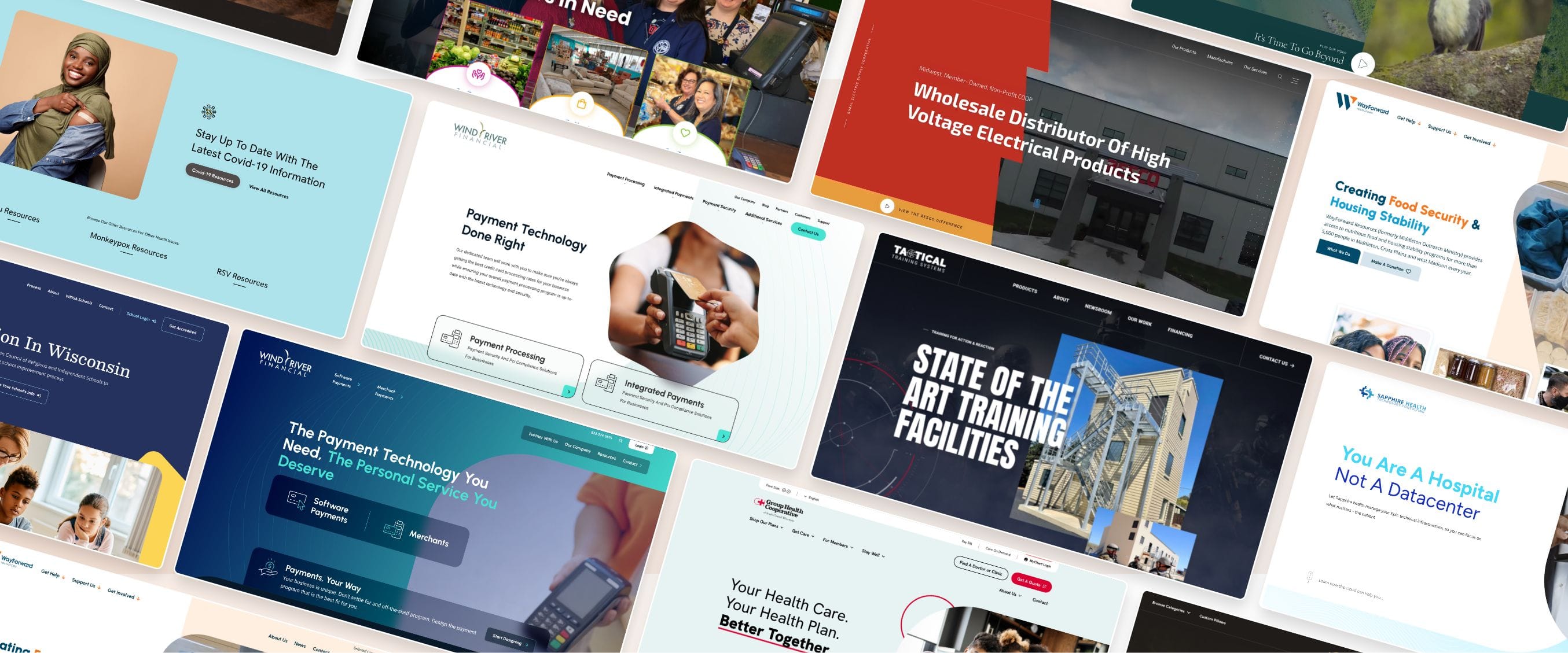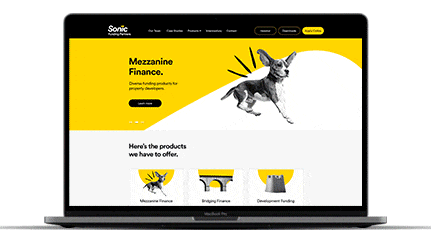Top Tips for Producing an Impactful Internet Site Design That Transforms
To accomplish this, one should consider a selection of variables, including recognizing the target audience, focusing on user experience, and optimizing for mobile systems. The tactical usage of engaging call-to-actions and a well-defined aesthetic pecking order plays a critical duty in directing users via their journey.

Understand Your Target Target Market
Understanding your target market is essential to effective web site design, as it lays the foundation for producing an engaging customer experience. Determining that your users are, including their demographics, choices, and habits, makes it possible for developers to customize the web site's content, design, and functionality to satisfy specific demands.
Conducting thorough marketing research is essential in this procedure. Surveys, meetings, and analytics can offer useful understandings right into customer assumptions and pain factors. By compiling this data, developers can produce customer personalities that represent various segments of the audience, making certain that design decisions are educated and relevant.
Moreover, understanding the target audience assists in picking suitable style components such as color pattern, typography, and images that reverberate with customers. A site that speaks straight to its target market fosters a sense of link and trust, motivating longer brows through and higher conversion rates.
Ultimately, a user-centered technique to internet site layout not only boosts user contentment yet also supports company goals by driving interaction and commitment. By focusing on the requirements and preferences of the target market, a web site can properly offer its objective and attain wanted end results.
Prioritize User Experience
To boost the total performance of a website, prioritizing user experience (UX) is important (Website Design). A well-designed UX guarantees that visitors can navigate the website easily, locate info swiftly, and involve with content meaningfully. This causes boosted individual fulfillment and greater conversion prices
Begin by carrying out user-friendly navigation. Menus should be realistically structured, allowing users to situate vital areas of the site with marginal initiative. Consistency in design components, such as color pattern and fonts, cultivates knowledge, which is vital for preserving individual engagement.
In addition, take into consideration the packing speed of your internet site. A delay of just a couple of secs can bring about significant drop-offs, as users are much less likely to wait on a slow-loading page. Enhancing photos and optimizing code can improve performance and preserve visitors.
Furthermore, quality in material presentation is essential. Use concise, appealing language and separate text with visuals to enhance readability. By focusing on customer experience, you not only develop an extra pleasurable atmosphere for site visitors but also enhance your brand name's trustworthiness. Eventually, a concentrate on UX is an investment in the long-term success of your web site.
Optimize for Mobile Tools
Enhancing for mobile tools is essential in today's digital landscape, where an enhancing variety of customers gain access to sites via smart devices and tablet computers. A mobile-friendly layout not just boosts individual experience but likewise plays a this contact form considerable function in improving online search engine rankings. To achieve this, it is important to adopt a responsive design that automatically gets used to numerous display sizes and positionings.

Packing rate is another important factor; mobile individuals are usually much less patient and anticipate fast accessibility to information. By prioritizing mobile optimization, you make sure that your website remains affordable and effectively engages a wider target market.
Usage Compelling Call-to-Actions
A site's performance often rests on its capacity to lead visitors toward wanted actions, making engaging call-to-actions (CTAs) crucial parts of design. CTAs function as the critical points that guide individuals to involve with the website, whether that suggests buying, signing up for a newsletter, or downloading a resource.
To produce effective CTAs, clarity is vital. Usage succinct language that clearly communicates the activity you desire the individual to take.
Furthermore, the design of CTAs should stand apart without being noticeable. Employ contrasting shades and clear typefaces to ensure they capture focus. Furthermore, think about using directional signs, such as arrows or photos, to assist customers towards these buttons. By focusing on these elements, businesses can considerably boost customer interaction, driving conversions and ultimately attaining their site's objectives.
Concentrate On Visual Power Structure
Efficient internet site style counts heavily on a well-structured aesthetic power structure that guides individuals through material effortlessly. By arranging aspects in a manner that focuses on details, designers can improve individual experience and help with decision-making. This entails utilizing size, shade, comparison, and spacing strategically to accentuate the most essential parts of a webpage.
The use of bigger typefaces for headings and subheadings establishes a clear distinction visit our website between various areas, allowing users to scan material easily. Additionally, employing contrasting shades for switches and calls-to-action can record user attention and motivate communication. Whitespace is one more essential component; it avoids clutter and allows customers to concentrate on key messages without interruptions.
Pictures and graphics must match the message while additionally adhering to the well-known power structure, enhancing the total message (Website Design). Consistency in layout components, such as color design and typography, additional enhances the aesthetic pecking order, making navigating user-friendly

Final Thought
In conclusion, efficient website layout necessitates a thorough understanding of the target audience, prioritization of individual experience, and mobile optimization. Ultimately, a well-executed web site design serves as a critical element in driving user actions and attaining service objectives.